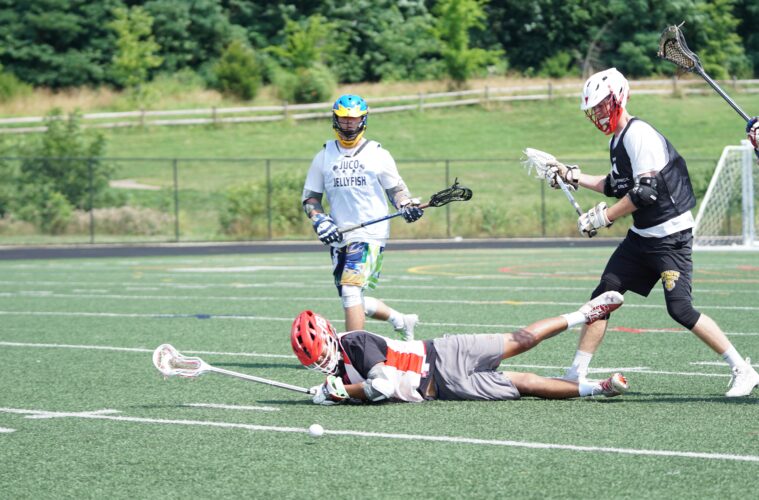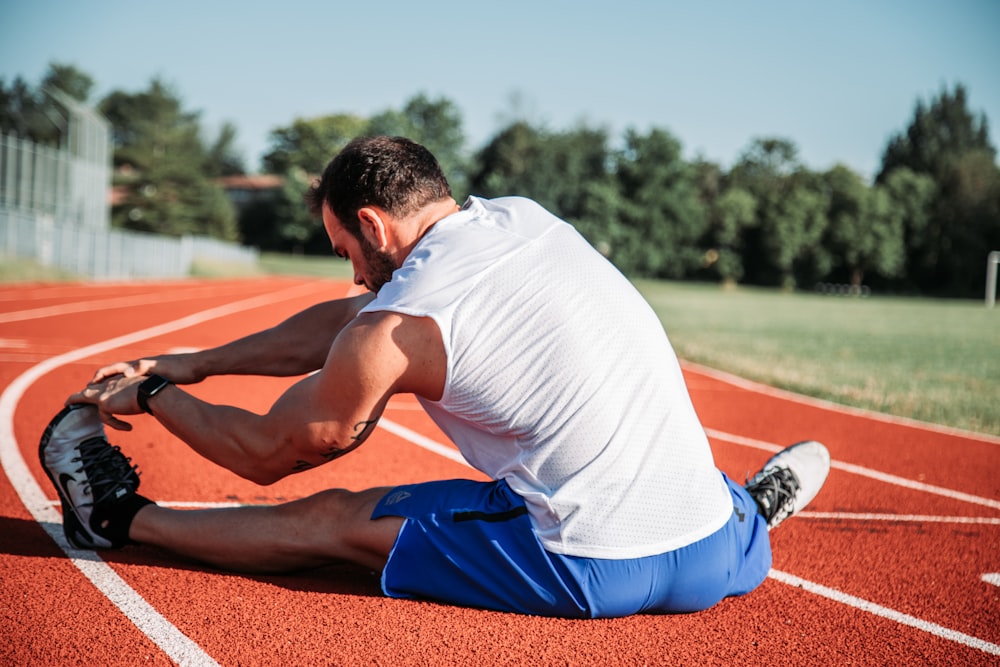Sports injuries can be unpleasant and inconvenient, taking you away from the playing field for an extended period and potentially causing long-term damage if not treated appropriately. Whether you have sustained a ligament tear while running around on the soccer field or experienced a jammed finger while dribbling down the court during basketball practice, receiving quick recognition and treatment is essential to ensure any short-term problems don’t evolve into bigger ones. Here are some tips that will help guide you in treating your sports injury properly — so you can get back out there as soon as possible!
Get a diagnosis from a medical professional
Your health should always be a top priority, and if you’re experiencing any concerning symptoms, it’s important to seek out a medical diagnosis. Consulting with a medical professional can provide you with essential information and ensure you receive the right treatment. Whether it’s a physical ailment or mental health issue, getting a diagnosis can bring peace of mind and help you move forward. Don’t hesitate to schedule an appointment and take the first step towards taking control of your health.
Rest the injured area
When it comes to treating an injury, one of the most important steps is to rest the affected area as much as possible. This means avoiding any activities that could aggravate the injury and giving your body enough time to heal. Resting allows your muscles and tissues to recover and reduces the risk of further damage. While it may be tempting to push through the pain and continue with your daily activities, this can make the injury worse and prolong your recovery time. So, whether you’re dealing with a sprain, strain, or any other type of injury, make sure to give your body the time it needs to heal by resting the injured area as much as possible.
Get physical therapy
Physical therapy plays a crucial role in the treatment and rehabilitation of sports injuries. With the guidance of a skilled physical therapist, individuals can regain strength, flexibility, and mobility, allowing them to return to their pre-injury level of performance. Physical therapy includes a variety of techniques such as targeted exercises, manual therapy, and specialized equipment to address specific injuries and promote healing. Through personalized treatment plans, physical therapists help athletes manage pain, reduce inflammation, and restore function. They also provide education on injury prevention, proper body mechanics, and exercises that can be continued at home. By actively participating in physical therapy sessions and following the therapist’s recommendations, athletes can expedite their recovery, minimize the risk of re-injury, and get back to their favorite sports with confidence.
Take over-the-counter pain medications if necessary
Pain is an unpleasant sensation that can affect our daily lives. When pain strikes, it can be challenging to focus on anything else. Sometimes, rest and relaxation may not be enough to alleviate the pain. That’s where over-the-counter (OTC) pain medications come in handy. They offer quick relief from pain, and you don’t need a prescription to buy them. However, it’s important to use them as directed to avoid any adverse effects. If you are experiencing mild to moderate pain and need relief, taking an OTC pain medication may be your best bet. Remember to speak to your healthcare provider if you are uncertain about its usage. Taking the right medication will enable you to get back to doing what you enjoy and take on whatever comes your way.
Consider surgery for more severe injuries
While physical therapy may be suitable for some injuries, more severe cases may require surgery for a full and lasting recovery. Here are some of the most common sports injury surgeries and their benefits:
ACL Reconstruction Surgery
ACL (Anterior Cruciate Ligament) reconstruction surgery is performed to repair a torn ACL in the knee. ACL tears often result in knee instability, making it difficult to participate in sports or perform daily activities. ACL reconstruction surgery helps restore stability to the knee joint, allowing individuals to regain their ability to engage in physical activities without the fear of the knee giving out. ACL tears can lead to additional damage to the knee, such as meniscus tears or cartilage damage. ACL reconstruction surgery can help prevent further injuries and complications by restoring the stability of the knee joint.
Meniscus Repair Surgery
Meniscus repair surgery is performed to treat a torn meniscus, which is a common sports-related knee injury. A torn meniscus can cause significant pain and discomfort. A healthy meniscus is crucial for proper knee function. Meniscus repair surgery aims to restore the integrity and function of the meniscus, improving knee stability, range of motion, and overall joint function. If left untreated, a torn meniscus can lead to further damage to the knee joint, such as cartilage wear or joint degeneration. Meniscus repair surgery helps prevent these long-term complications and preserves the health of the knee joint.
Rotator Cuff Repair Surgery
Rotator cuff repair surgery is performed to treat a torn or damaged rotator cuff in the shoulder. This injury can cause severe shoulder pain, limiting mobility and affecting daily activities. If you live in North Texas, look for specialist rotator cuff surgeons to help you alleviate pain and discomfort efficiently. Rotator cuff repair surgery aims to not only get rid of the pain but allow individuals to regain normal shoulder function and range of motion. The surgery helps restore the strength and stability of the shoulder joint by repairing the torn or damaged rotator cuff tendons. This allows individuals to resume activities that require overhead movements, such as throwing or lifting. By addressing the underlying cause of shoulder pain and dysfunction, rotator cuff repair surgery can significantly improve an individual’s quality of life, enabling them to participate in sports, work, and other physical activities without limitations.
Ankle Ligament Reconstruction Surgery
Ankle ligament reconstruction surgery is performed to repair and reconstruct damaged ligaments in the ankle joint. Ankle ligament injuries, such as a severe sprain or ligament tear, can cause instability and recurrent ankle sprains. Ankle ligament reconstruction surgery aims to restore stability to the ankle joint, reducing the risk of further sprains and improving overall ankle function. The surgery helps improve the ankle’s range of motion and proprioception, which is essential for maintaining balance and stability while walking, running, or engaging in sports activities. Ankle ligament injuries often result in pain, swelling, and discomfort.
Being injured is never enjoyable, but following the guidelines discussed in this article can help to make it a bit easier. Remember to consult your physician to receive a diagnosis, and be sure to rest the injured area as much as possible. Working with heat and ice treatments can often be an effective way to reduce pain and swelling, but don’t forget about stretching the muscle groups surrounding the injury too! Pain medications may also be helpful, and you should not hesitate to look into physical therapy or surgeries if you suspect your injury is more severe. At the end of the day, staying on top of your health is key. So don’t ignore those aches and pains– take care of them today!
Published by HOLR Magazine.




